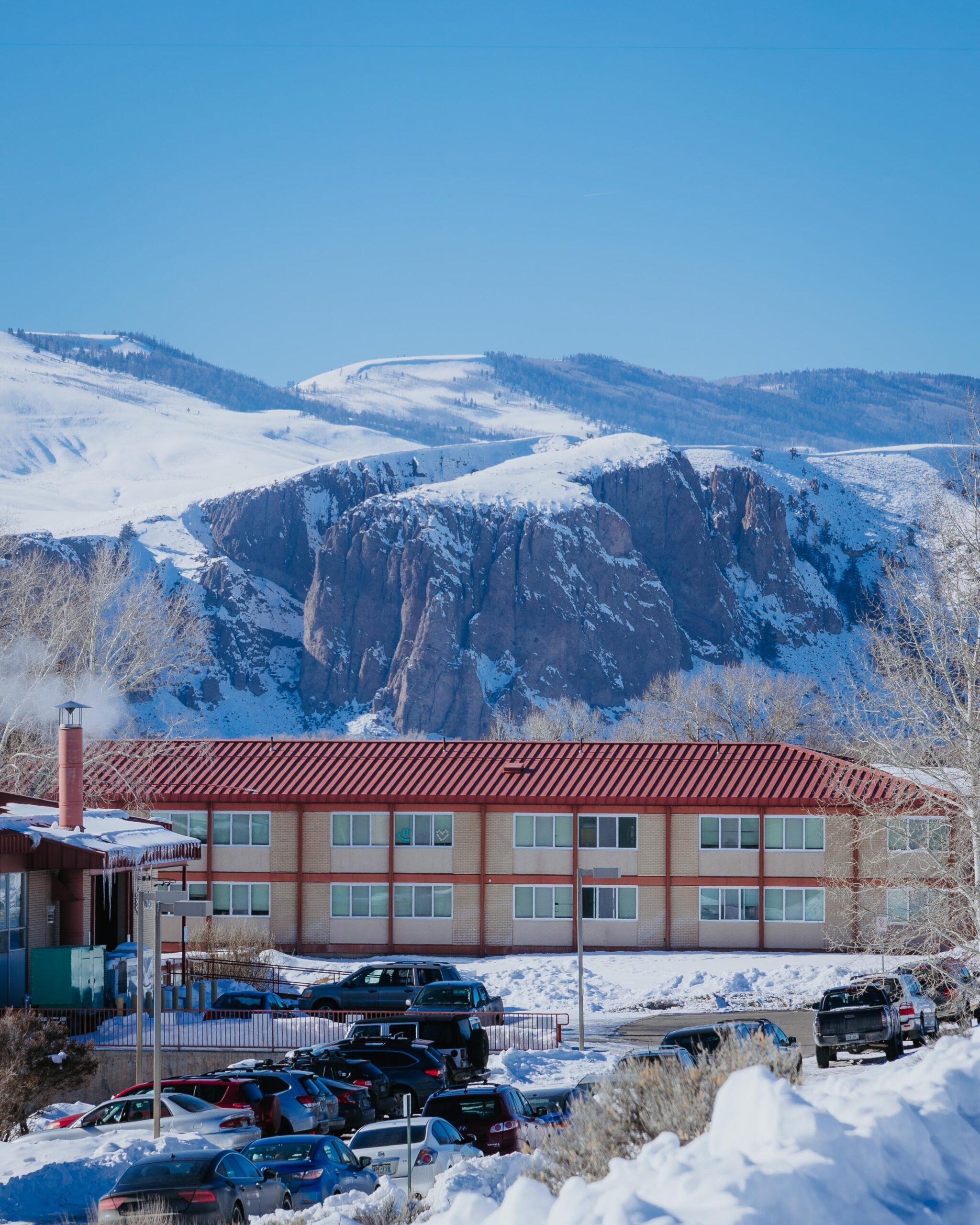Chemical Waste
Procedures for Disposal of Chemical Wastes
You must label all waste as to the contents and when generated as you produce it. As soon as possible, it should then be disposed of in the proper manner. Contact Jarral Ryter for more information.
Biological Waste
Procedures for Disposal of Biological Wastes
I. Microbiological Waste
Microbiological waste can be treated on-site in the lab. The following requirements must be met when treating biological waste in the lab.
Acceptable methods of treatment of microbiological waste include:
1. Steam Disinfection (Autoclave)
To allow for sufficient steam access to or penetration of the waste, the waste shall be:
- packaged according to the recommendations provided by the manufacturer, and
- loaded into the chamber so as to not exceed the capacity limits as set by the manufacturer.
When subjecting waste to steam under pressure, the temperature in the chamber of the autoclave must reach at least 121°C and there must be at least 15 pounds per square inch (psi) gauge pressure for at least 30 minutes.
The autoclave must be operated according to the manufacturer’s instructions.
2. Chemical Disinfection
- Use a chemical agent that is registered with the Environmental Protection Agency (EPA) as a disinfectant and in accordance with the manufacturer’s instructions.
Or. - Immerse the waste for not less than three minutes in:
- A freshly prepared solution of household chlorine bleach diluted 1:10
(volume/volume) with water.
Or - A solution of 70% by volume 2-propanol (isopropyl alcohol).
- Waste that has been immersed in a liquid chemical agent must be thoroughly drained before disposal.
- A freshly prepared solution of household chlorine bleach diluted 1:10
Disposal
Microbiological waste which has been treated in accordance with the methods described above can be disposed of through the regular trash as long as the following procedures are followed:
a. Place a label on the original bag or container stating “treated in accordance with ___ requirements”
and
b. Place the bag or other container into another bag or container that is a different color and is opaque, e.g., a black trash bag.
Note: If treated waste is in a liquid form it can be disposed of through the sanitary sewer.
II. Animal Waste
Disposal
Carcasses and Body Parts of Animals
Carcasses and body parts of animals that have not been preserved must be:
- Drained of fluids.
- Double bagged to prevent leakage and kept frozen (call 943.2875 for bags and pickup).
- Submit a Request for Disposal form when the waste is ready for pick-up. Note number and type of specimen as well as other information on sheet.
Carcasses and body parts of animals that have been preserved must be separated from the preservative (refer to the chemical waste section of this manual for the disposal requirements of the preservative) and double bagged to prevent leakage.
Submit a Request for Disposal form when the waste is ready for pick-up.
Whole Blood, Serum, Plasma, and/or other Blood Components from Animals:
All samples should be autoclaved when possible. Call 943.2875 for disposal.
Bedding of Animals Intentionally Exposed to Pathogens:
This waste can be treated on-site in the lab as long as all the requirements listed under Microbiological Waste are followed.
III. Human Blood and Blood Products Waste
Disposal
Human Blood, Serum, Plasma, other Blood Components, and Body Fluids:
All samples should be autoclaved when possible. Call 943.2875 for disposal.
Disposable Items Contaminated with Human Blood or Body Fluids
Non-sharp items: This waste can be treated on-site in the lab as long as all the requirements listed under Microbiological Waste are followed.
IV. Pathological Waste
Disposal
Pathological waste must either be preserved or kept frozen until pick-up. Submit the waste for disposal. Place the waste into a Biohazard bag. Request disposal when the waste is ready for pick-up.
Take the Next Step

Apply to Western
We understand that applying to a university can be daunting, which is why we make our admission process as simple and straightforward as possible. Learn more about applying to your program of choice at Western.

Visit Western
The best way to find out what makes Western such a special place is to experience it for yourself. Our student-led tours give you an insider’s perspective on everything from academics to student life.

Alumni Community
We keep the Mountaineer spirit going strong within our alumni community. Whether getting together with friends at an annual event, making a donation or mentoring a student, graduates continue to play an important role in the Western community.

Request Information
Want to discover more about Western? Request information today to get in touch with the admissions team.
